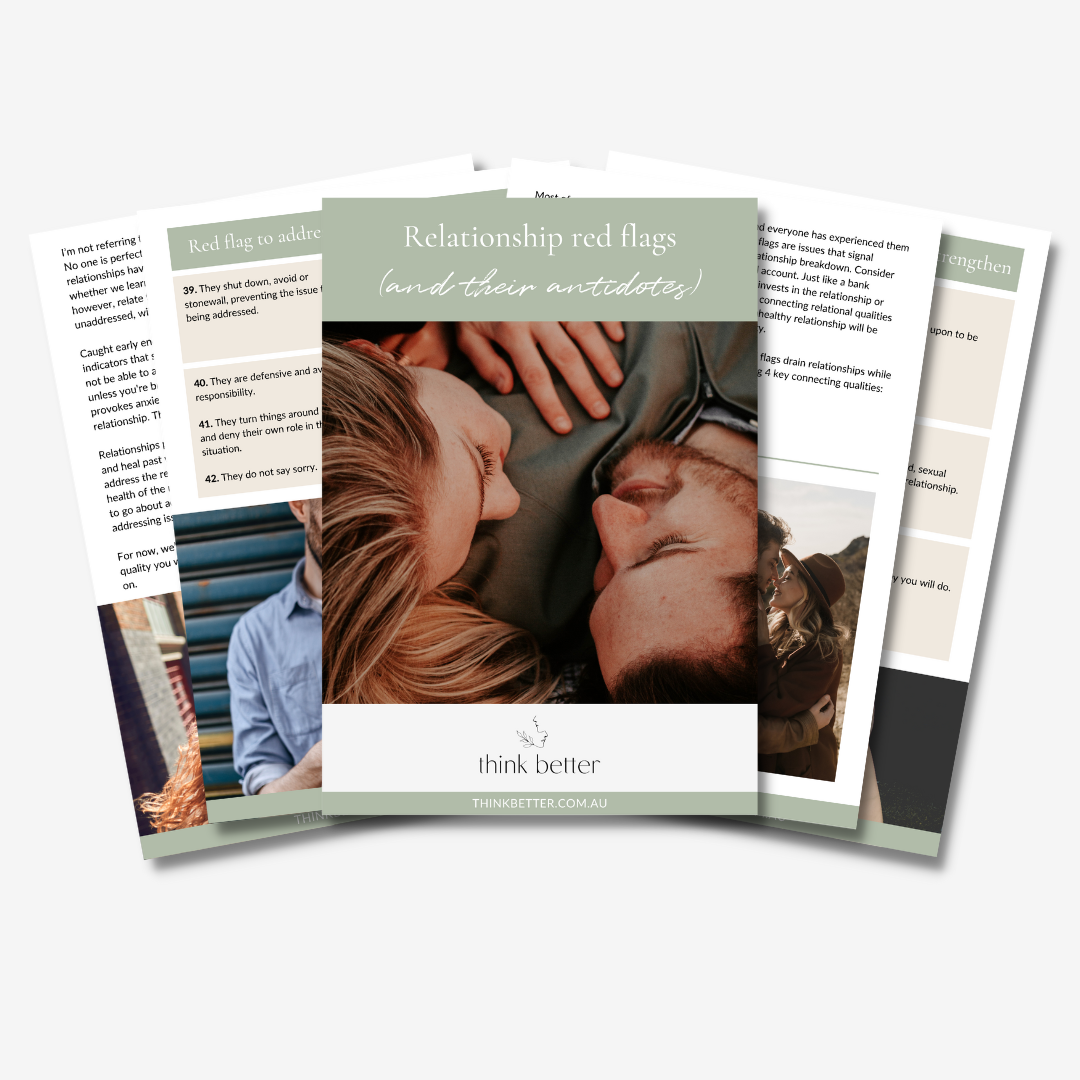Conflict is inevitable
Nobody likes conflict, yet conflict is an inevitable part of relationships. In any relationship, there will be conflict at some point, even if it goes unsaid. Since you can’t avoid conflict, it’s important to know how to manage conflict effectively to preserve your relationship rather than eroding it.
It is possible to manage conflict in a way that enhances your relationships and builds trust. Effective conflict management helps to create and maintain healthy relationships. When you can trust that you can have conflict and it won’t be detrimental to your relationship you feel psychologically safe. An interesting paradox is the better you can manage conflict, the less conflict you experience.
If, however, you don’t learn how to manage conflict well you will be driven by your habitual conflict style. When you are driven by old patterns it will feel like you do not have control over how you are feeling and behaving. Luckily conflict management is a skill you can learn. When you learn how to deal with conflict better, your relationships improve. Everyone can benefit from understanding their own conflict style and aspiring to have a more positive, proactive, solution-focused conflict style.
How you develop your conflict style
A unique combination of nature and nurture determines your conflict style. Your conflict style develops from your personality and relational environment. Nature determines the tendencies that you were born with, while nurture is a product of how your family and significant others managed conflict in the relational environment. For example, Mark and Donna were siblings who grew up with parents who argued heatedly. Mark was furious about his parents’ arguments and developed an aggressive conflict style while Donna feared her parents’ rages and developed a more passive style. The conflict style you have developed will be one of 4 conflict styles.
The 4 Conflict Styles
Assertive conflict style
If you have an assertive conflict style you are a clear and direct communicator who seeks to respect the other person and protect the relationship. You can express clearly and directly to others how you think and feel about issues. You seek to manage your own emotions, express your point of view, and understand their point of view. You look for win/win solutions rather than win/lose outcomes. Assertive communication requires you to be centered within yourself – to be self-aware and to manage your emotions in a conflict situation. Having an assertive conflict style helps you to maintain your sense of integrity while protecting and preserving your relationships.
Aggressive conflict style
If you have an aggressive conflict style you are a clear and direct communicator who focuses on power, control, and winning. You may be blunt, aggressive, or threatening. Your communication is not calm, kind, or respectful of the other person’s feelings. You are compelled by a strong need to win or to punish the other person for perceived wrongdoings. Getting across your own thoughts and feelings is more important than protecting the relationship. You may feel remorse after conflict or feel justified that you had a “right” to behave with aggression. You may even think that your aggression is assertion.
Passive conflict style
If you have a passive conflict style you have difficulty clearly expressing your thoughts and feelings in conflict and may not express them at all. You take a hands-off approach to conflict, avoiding difficult interactions as much as possible to reduce the damage that you perceive will be done to the relationship. You may also identify as a people pleaser, often worrying about upsetting people or hurting others feelings. In avoiding rocking the boat, you ignore, minimize, or dismiss your own thoughts and feelings. You seek to protect the other person and relationships, sometimes at the cost of your own integrity.
Passive-aggressive conflict style
If you have a passive-aggressive conflict style you have difficulty clearly expressing your thoughts and feelings, but your underlying anger is expressed non-verbally. Your thoughts and feelings are expressed indirectly through your facial expressions and behaviours. There is an undertone to your actions which make others feel uncomfortable, yet you do not feel able to address the root issue directly. You may feel frustration and anger about not feeling heard, understood or helped, expecting the other person to know what is on your mind. This comes out in aggressive or uncooperative behaviour such as storming around the house slamming doors, while not saying anything directly about the root of the conflict. It is a way to feel more power without directly addressing the situation.
The key to changing your conflict style
The key to changing your conflict style is awareness and practice. The most helpful conflict style to aspire to is an Assertive conflict style. You must first understand the conflict style that you normally resort to as your automatic response, then manage your feelings and be brave enough to express your thoughts and feelings – clearly and calmly. Many people are unfamiliar with this. It may feel deeply uncomfortable to have a direct conversation about an area of conflict. If you need help with this, seek advice and skills training from a qualified therapist. However, you don’t need a qualified therapist to start practising now.
Practice conflict management
Often, one of the simplest ways to develop more effective conflict management is to practice. If you have something difficult that you need to bring up, practice the following:
- Pick a time and place so the other person is most likely to be receptive.
- Rehearse what you would like to say to them.
- Expect that it won’t go well the first time you try.
- Mentally prepare to manage your emotions in the face of the other person’s initial response.
- Give them space to process what you’ve said.
- Go back to the conversation again if you need to.
Redefine successful conflict management when you are developing this new skill. Success is not getting your own way or managing the other person’s feelings. Your initial success is having a difficult conversation while remaining calm, clear and respectful.
Good luck!
This is part 3 of a 5 part series on Dealing with relationship stress will help you to:
- Manage your own stress response
- Stop negative thinking
- Understand your conflict style (This article)
- Control what you can
- Get the fun back in your relationship
Next time we will look at an effective way to manage your energy in relationships and reduce stress by controlling what you can. Tune in for Part 4 – Control what you can.




0 Comments